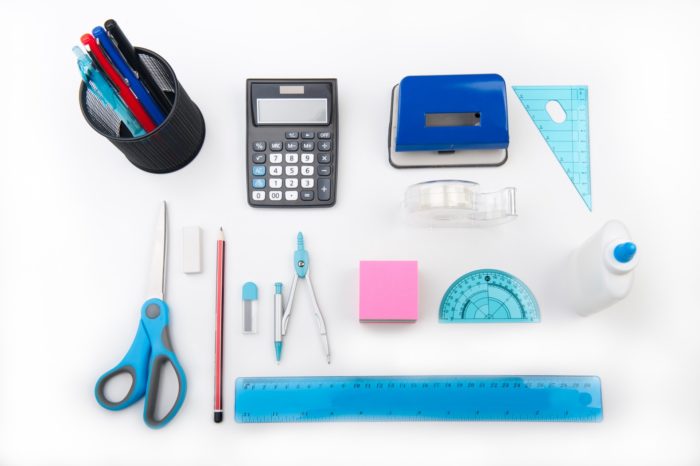Student Profile
A teaching group of 12 pupils aged 15/16. All have a diagnosis of moderate learning difficulties. Some have a diagnosis of SLCN and/or ASD. They have one lesson of computing each week. Mr O is the classroom technician.
Description of learning prior to the project start
Previous learning in respect of game design and making had been through the use of 2Simple’s software 2DIY when pupils had created a simple collecting game. They had been introduced to Scratch or similar block coding during Hour of Code activities.
My previous experience both with this group, and of using Scratch with a different year group, was that the girls tended to get bogged down in the decision making around design elements rather than the logistics of a game. The project was structured to take account of this.
- Familiarisation with Scratch. Play existing games. Look inside.
- Mastering skills. Change the context/background of the games played.
- Mr O explains a game he has designed and some of the finer points of his code. Pupils personalise the game. Change the sprite and adjust the coding.
- Pupils encouraged to create their own games: collecting game or maze game. (limited choice and decision making)
- Share the game with a friend. Peer evaluation and refinement.
Description of students during the project
All pupils enjoyed exploring Scratch and were able to practise their skills in using Scratch quite quickly. They were buoyed by the simplicity of changing the context and enjoyed creating humorous or unusual backgrounds.
They were impressed that they were able to find Mr O’s game on the Scratch website and enjoyed talking to him about the game which they liked a lot. When they started to personalise the game, they enjoyed tapping into his expertise and a number of girls were genuinely interested in his decision making. A few girls were inspired and had very clear ideas of their own and a desire to develop quite sophisticated details into the game. Others were less so and a few were happy to stick with just tweaking existing games.
The interaction between the girls who had become enthused with the project was good and they were sharing ideas, skills and knowledge quite readily. The others remained quite timid and benefited from adult input to help them maintain focus and help them develop even simple ideas. Some girls were not keen to share their work but all the girls enjoyed looking at the work of their peers.
The three girls in the group with the most pronounced autism were the same ones who were most reluctant to fully explore features of Scratch projects and the ones who found it hardest to initiate any personalisation of Mr O’s game.
Changes identified
Social development – during the period of the project, most of the girls displayed a good level of engagement with the learning; some of them working on their games at home or in their own time at school. This was quite unusual for these girls who would not normally admit to enjoying their work nor doing extra work at home! Within the lessons they were widely animated in discussing and sharing ideas both with adults and peers.
Language development – All pupils showed improved confidence to use the language associated with Scratch such as ‘sprite’, ‘stage’ and ‘script’ and ‘costume’ and the most engaged were able to talk confidently about the different blocks available to them.
Description of learning after the project including any related outcomes
Pupils were able to save their work and to share it on the Scratch site.
- Mature use of coding language/new vocabulary
- Confidence to seek advice and take criticism
- Better idea of what makes a successful game
- Improved evaluative skills
Future Plans- Pupils will now go on to explore game-making using Kodu
Lessons learned
By using an existing game as a sandbox to work on and ’correct’ the girls were more confident in tackling their own new games.
The teacher took the risk and was rewarded with the surprising reaction of these girls who ’would not normally admit to enjoying their work nor doing extra work at home’. By making the game a ’cool’ thing to do, she not only increased their motivation but also vocabulary.
It is a good idea to prepare a template of a game for those who are beginners or who seem not interested in continuing with the task so as to bring them to a more interesting step forward.
Also, to invite the others to elaborate more on Scratch either through internet or via the teacher.
Not all pupils are equally ready to accept new projects/criticism etc but most are interested in peers’ work. Allow for diversity through making each level a separate goal so it feels achievable,
Evaluation skills are higher order and therefore we would expect them to be the most diffcult to achieve.


